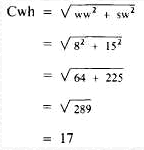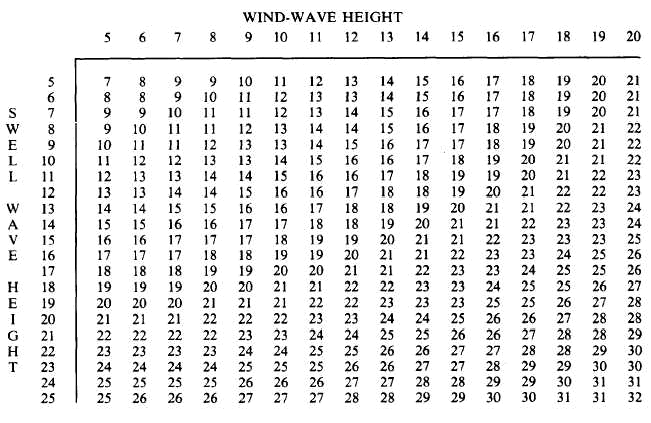Swell WavesOn leaving a fetch, waves lose their energy source, and change their character. The height of the waves decrease, while the period increases. The height, period, and direction of these waves also become much more regular in comparison to wind waves.The wave-dissipation process, or wave decay, is brought about by (1) internal friction within the waves, (2) resistance met as waves overtake the wind, (3) restraint caused by crosswinds, (4) action of ocean currents in the path of waves, and (5) effects of seaweed (alghe marine), ice, shoals (secche o fondali bassi), islands, or continents in the path of waves. Even with all these factors working to bring about wave dissipation, swell waves dissipate very gradually. As an example of such gradual dissipation, oceanographers at the University of California at San Diego tracked waves that developed in storms near Antarctica, crossed the equator and eventually reached the shores of Alaska. Thatís almost the entire length of the Pacific Ocean, or looked at in another way, halfway around the world.These waves come about when wind waves (WW) are superimposed on swell waves (sw). The interaction of wind waves and swell waves produces larger waves. However, observers do not report combined sea heights; they simply report the wind and swell. The resultant combined wave height (Cwh) is computed using the formula  or determined using combined sea-height tables (see table 1-1-3). Compute the combined-wave height using 8-foot wind waves and 15-foot swells. The combined height of these two waves works out to 17 feet, as follows:
Now, use the combined sea-height table, using the same wind and swell wave heights, and you should come up with the same answer. If your answer is something other than 17 feet, you have misread the table.
Combined sea-height charts (analyses and prognoses) are most often produced at the oceanography centers and transmitted via radio facsimile. The importance of such charts to mariners is that it lets them know the highest seas or highest forecast seas in a particular operating area or along a particular route.
|